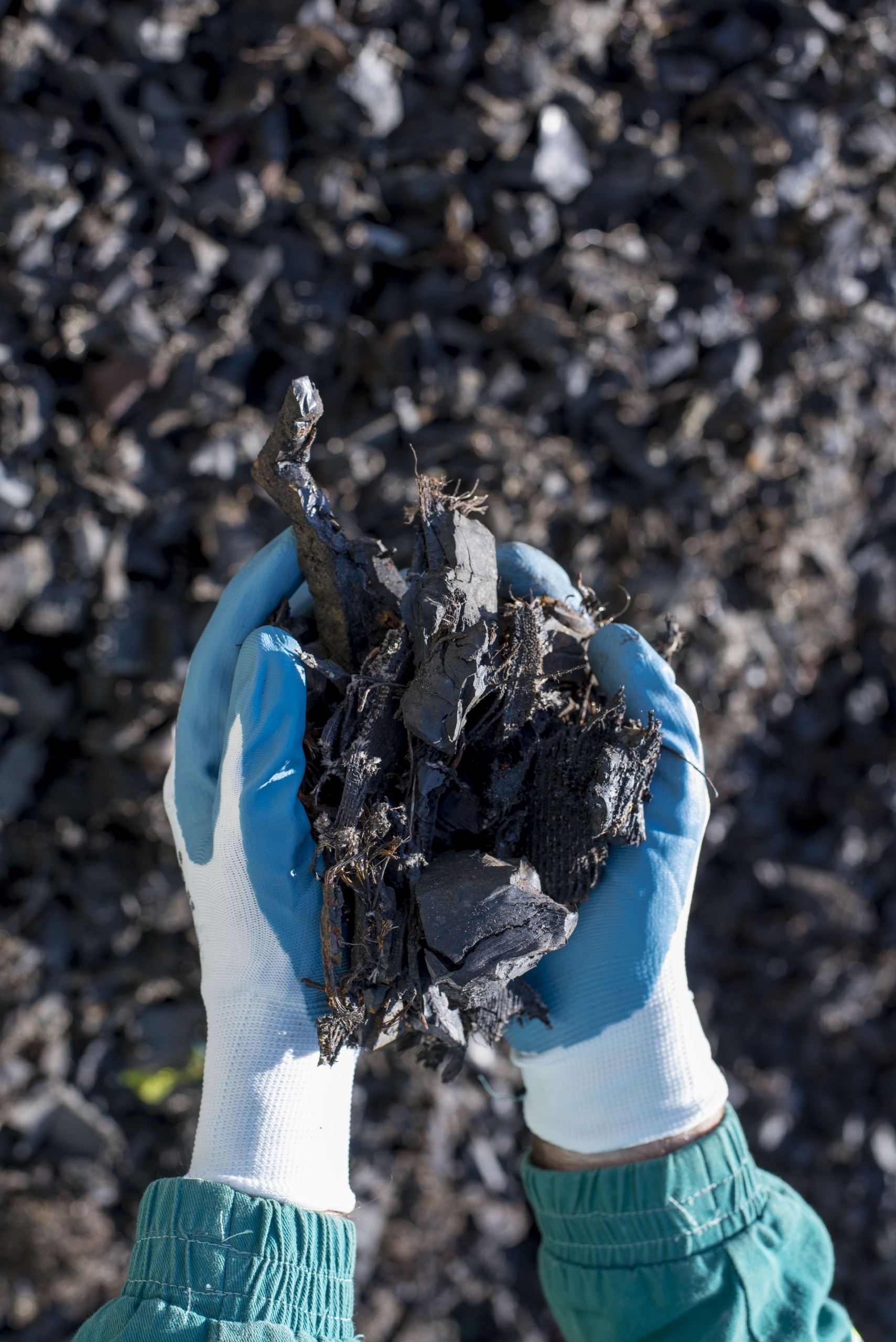
The history of planetary limits
Earlier this year, scientists highlighted the fact that a fifth planetary limit had been reached, linked to the proliferation of chemicals and plastics in our environment. Olivier Fontan, former director of the High Council for the Climatetragically spoke of the asphyxiation of our planet by these synthetic materials. Shortly afterwards, a new study highlighted the dangers threatening the freshwater cycle.
In 2009, a team led by Johan Rockström at theStockholm Resilience Center developed the concept of a « planetary limit ». These limits define the thresholds that our planet can tolerate before entering a phase of instability, or even ecological catastrophe. These limits were designed to preserve a stable state, that of the Holocene, which lasted for more than 10,000 years. However, at the dawn of 2022, six of these nine limits have been crossed.
These researchers have identified nine key areas that require particular attention:
Climate change
Biodiversity and ecosystem integrity
Biogeochemical cycles of nitrogen and phosphorus
Fresh water resources
Integrity of the ozone layer
Ocean acidification
Changes in land use
Air pollution
Chemical contamination
Fresh water: a treasure under threat
While the freshwater limit once seemed less of a concern than others, it is now at the heart of the debate. A loophole was revealed: previous studies had focused on ‘blue’ water – that in rivers, lakes and groundwater. But ‘green’ water, essential for soil moisture and plant survival, had been neglected. Yet this water is being seriously affected by climate change.
Desertification, exacerbated by climate change, is threatening soil moisture. And this is not limited to already arid areas. Entire continents, such as Europe and China, and even water-rich countries like Brazil, are witnessing the damaging effects of drought.
Human impact on soil and resources
Soil degradation is a direct consequence of our actions. Human activities, particularly intensive agriculture, have left many soils unable to retain water, exacerbating the freshwater crisis. What’s more, the disrupted cycle of green water has multiple repercussions: it contributes to the greenhouse effect when it evaporates and exacerbates the rise of the oceans when it runs off without being absorbed.

The six planetary limits crossed
The year 2022 marked the crossing of two crucial limits: fresh water and plastic pollution. But they are only the tip of the iceberg. Including these last two, six of the nine established limits have been crossed:
1- Climate change :
Why? Mainly due to increased greenhouse gas emissions from fossil fuel combustion, deforestation and other industrial activities. This has led to an increase in global temperature, affecting ecosystems, the weather and rising sea levels, among other things.
2-Biodiversity and ecosystem integrity:
Why? The destruction of natural habitats (such as deforestation), pollution, climate change, over-exploitation (through fishing, hunting, etc.) and the introduction of invasive species have led to a rapid loss of biodiversity. The sixth mass extinction is underway, with the rate of species extinction much higher than the natural rate.
3- Biogeochemical cycles of nitrogen and phosphorus :
Why? The intensive use of fertilisers in agriculture has upset the natural cycles of nitrogen and phosphorus. While nitrogen is abundant in the air, its reactive form (created artificially by industry for fertilisers) is being introduced into soils and waters at an unprecedented rate, causing ‘dead zones’ in the oceans and upheavals in terrestrial ecosystems. Phosphorus, meanwhile, is extracted at an alarming rate for agriculture, which also has harmful consequences for fresh and marine waters.

4- Changes in land use :
Why? The massive conversion of wild lands into agricultural, urban or industrial areas has altered the Earth’s capacity to store carbon and filter water, and has also led to the loss of habitats for many species. Deforestation, particularly in tropical forests, is a major factor.
5- Chemical contamination :
Why? The uncontrolled production and dispersion of chemicals, plastics and heavy metals in the environment have toxic effects on human and animal life. Plastics, for example, break down into microplastics that accumulate in the food chain, threatening marine life and, ultimately, human health.
6- Freshwater resources :
Why? The over-exploitation of freshwater reserves, due to agricultural irrigation, increasing human consumption and industry, has led to an alarming reduction in the levels of freshwater available. This, combined with water pollution and climate change, threatens the availability of fresh water for billions of people.
Each of these breaches of planetary limits can have feedback effects and can potentially influence other limits, making the global system even more unstable. Disruption of the nitrogen cycle, for example, influences ocean acidification.
CircularPlace : Redefining consumption
t is with this aim of limiting human impact on the environment and reducing greenhouse gas emissions that CircularPlace has developed marketplace which allows the resale of your equipment, goods and unsold non-food items between professionals, or puts companies in touch with non-profit organisations to recover your products. If the products don’t find takers, we take charge of finding the best recycling solution for them. This initiative meets 4 sustainable development objectives.
In other words, no poverty (1), we are involved in the fight against poverty by encouraging donations to associations that help the most disadvantaged.Responsible production and consumption (12), we campaign for more responsible consumption and production and a zero waste strategy. we are proposingmeasures to combat climate change (13) , we are combating global warming by limiting the destruction of products and avoiding the production of new products. Finally, we work in partnership to achieve our objectives, bringing together players involved in the circular economy and social economy structures (17).
You can also opt for a white label solution that will allow your company to circularize your equipment internally and to engage your employees around ecological themes.
Don’t throw it away! Opt for second-hand goods!
Read also
Questions about CircularPlace?



